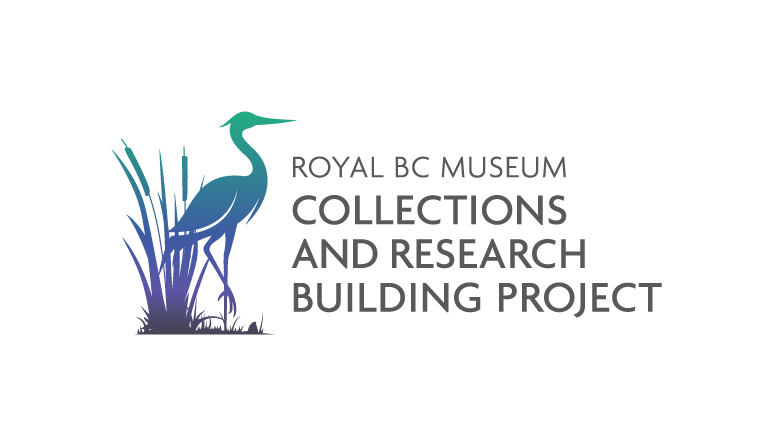The Art and Science of Conservation at PARC Campus
July 2025
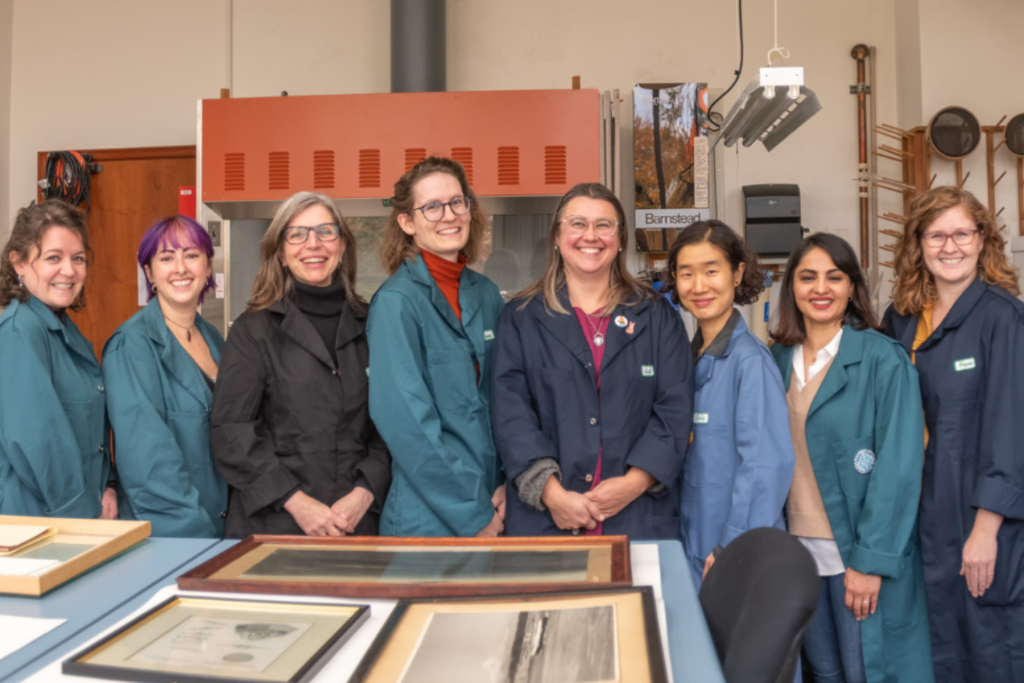
Conservators use a combination of art and science to preserve the collections of the museum and archives for future generations. This includes everything from the smallest specimen in the natural history collections to the largest installations such as the totem poles in Thunderbird Park and even structures like Helmcken House!
When they are pursuing their education, conservators specialize in certain types of belongings. To better preserve them, it is important for conservators to have an in-depth understanding of how things are made, the chemical properties of the materials they are made from, and how they can change over time through use, and exposure to the elements. Some conservation specialties represented by the staff at the Royal BC Museum include Archaeology, Objects, Paper, Photographs and Textiles.
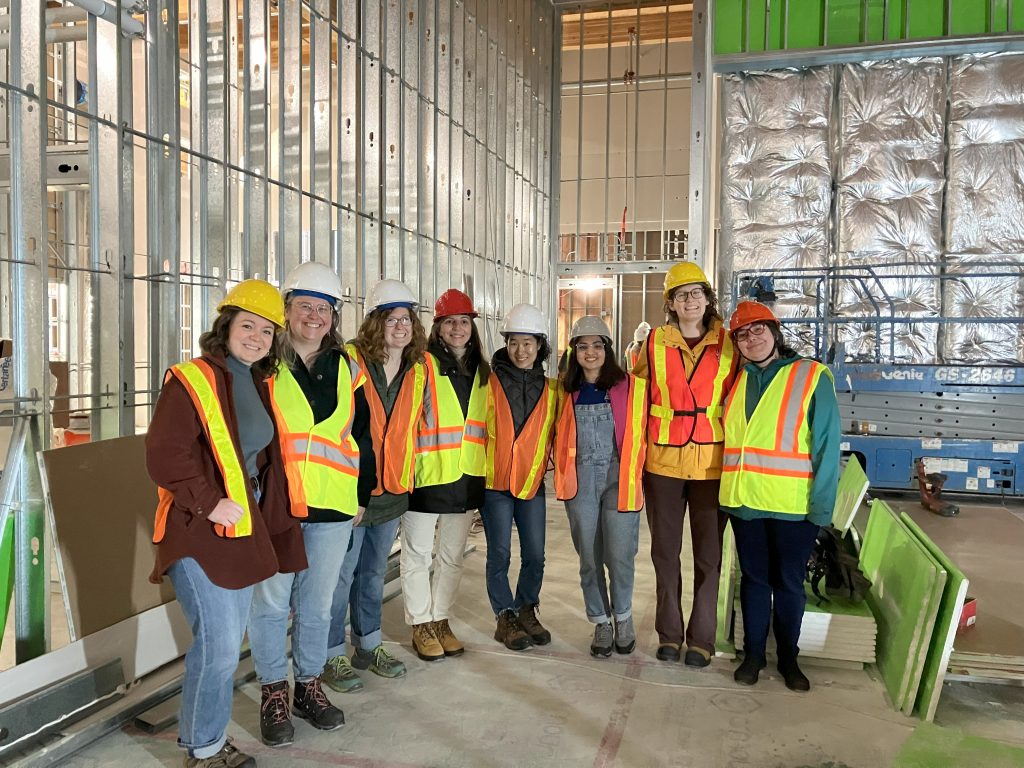
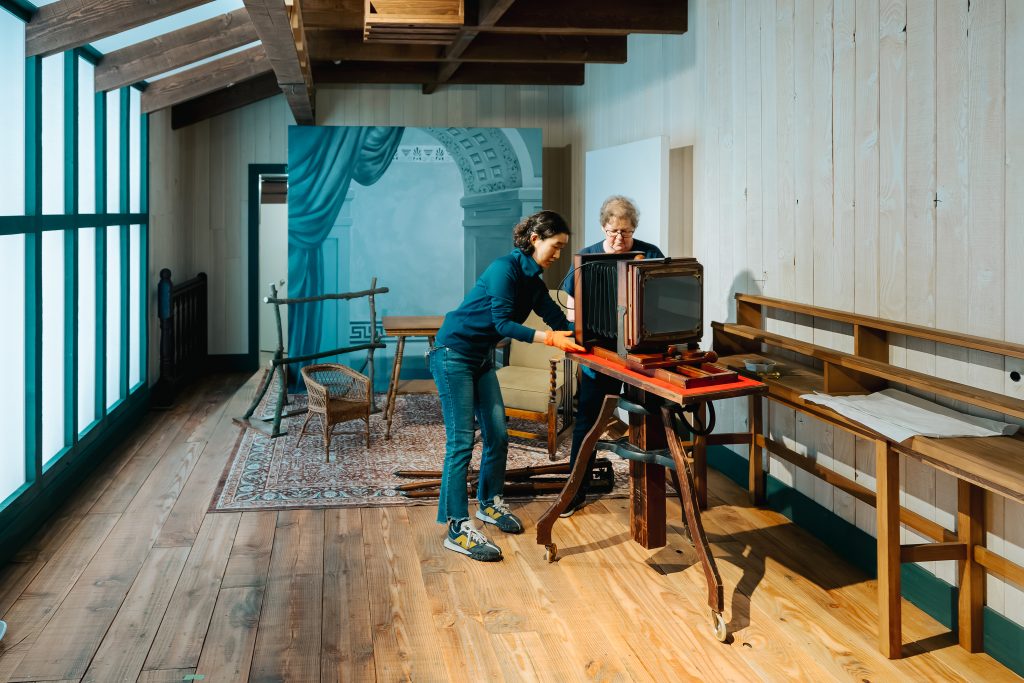
Conservation treatment is different from restoration. We are generally not seeking to make something new again, but to preserve its physical integrity so that it can survive for as long as possible. Conservators follow a professional code of ethics and guidelines for practice [1] which states, “The fundamental role of the conservation professional is to preserve and to restore, as appropriate, cultural property for present and future generations” and “to maintain a balance between the need in society to use a cultural property, and to ensure the preservation of that cultural property.”
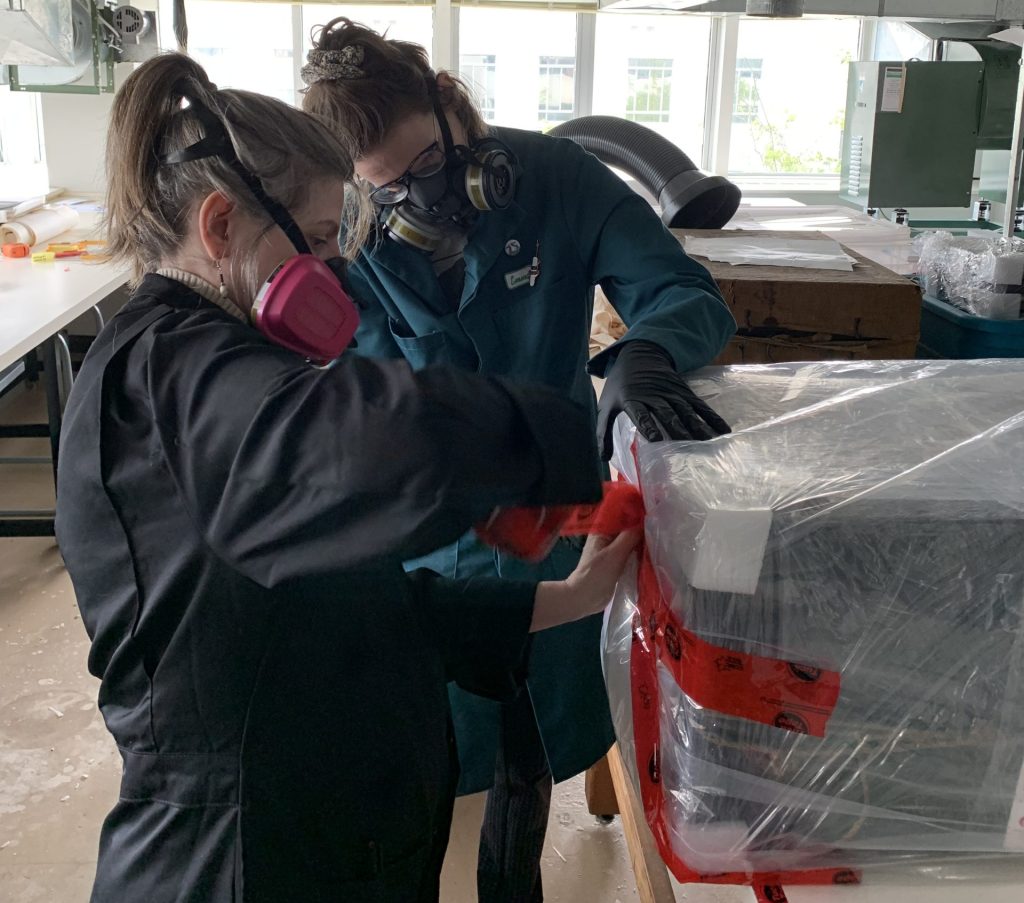
Conservation techniques generally fall into two categories: interventive and preventive. Interventive conservation, also called treatment, is used to stabilize and preserve belongings. It can take many forms depending on the circumstance and generally takes place in the conservation lab when possible. At PARC we will have Conservation labs designed for the care of paper and photographs, textiles, archaeological belongings recovered from wet sites, and an Objects lab that focuses on pretty much everything else!
Preventive conservation is used in collections storage and display spaces to carefully control the conditions that objects and artworks are held in: their temperature, humidity, light levels, and how they are supported through specialized mounts and storage containers. This also includes monitoring for pests, such as clothes moths, carpet beetles and silverfish, that like to feed on collection materials. Although harmful pesticides were routinely applied to the collections in the past, this practice stopped in the early 1980s. Today we use different methods to control the presence of pests, such as freezing and anoxic (lack of oxygen) treatments to remove the threat that these pests can pose to certain belongings.
The work of the conservation team supports all areas of the museum, and our day-to-day work can vary significantly depending on the project at hand.
- We work closely with the Facilities department to conserve built infrastructure, carry out environmental monitoring and pest management, and collaborate on projects where facilities maintenance may impact collections, like the landscaping around Thunderbird Park.
- We work with different museum Collections and Archives teams towards the ongoing preservation of their collections. This includes assessing the collection for hazards to both the collection itself, and the staff who work with them, and helping to mitigate any risks. We are also helping to prepare for the move into PARC Campus.
- We work with the Exhibits team to prepare collections for display, make mounts, and prepare belongings for travelling exhibit loans, as well as with the installation and take down of temporary exhibits at the museum.
- We support the work of the Indigenous Collections and Repatriation department, supporting culturally appropriate care of belongings, community use of their belongings for ceremony, community research visits and loans, and the repatriation of belongings home.
- We work with the Learning team to preserve their collection and sometimes even participate in programming and lab tours for visiting classes.
- And so much more…
We look forward to showing you what we are up to once we are all moved into our new lab spaces!
[1] https://capc-acrp.ca/en/what-is-conservation/publications/code-of-ethics-and-guidance-for-practice
